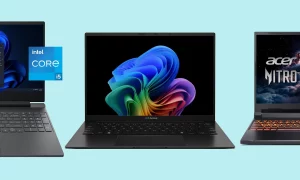Everything You Need to Know About NFTs
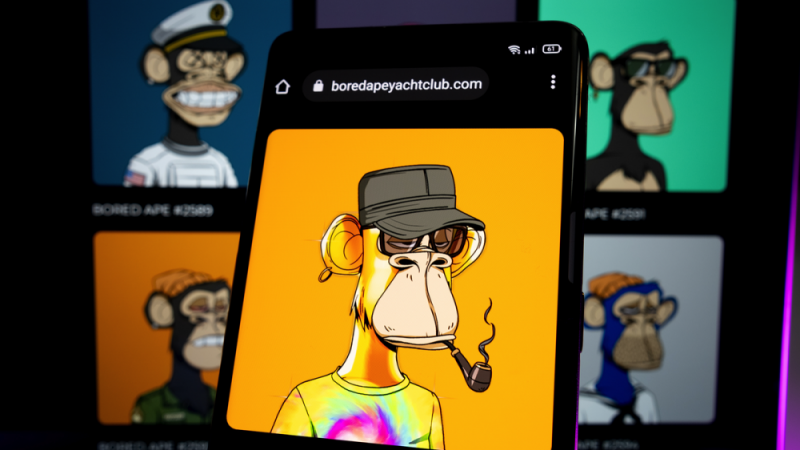

We’ve reached a point where NFTs are unavoidable. They line the bowels of social media, turn franchises like Star Trek into “investments,” and hog advertising space during football games. Still, despite the over-saturation of NFTs, you probably have zero experience with the technology.
NFTs are the crux of a $40 billion market, yet they’re still quite niche. And that’s not a big surprise; not only are NFTs complicated, but they haven’t found a practical purpose outside of investing. That could change in the future, but because of how NFTs work, it’s hard to find a real use case for the technology.
Non-Fungible Tokens: Receipts for Digital Items
At its core, an NFT is just a digital thing that cannot be duplicated. It’s one of a kind, which is why NFTs are called “non-fungible tokens.” Let’s get into that name a bit, as it actually does a pretty good job explaining the concept behind NFTs.
The term “fungible” simply means interchangeable. A one-dollar bill is fungible, for example, because it holds an identical value to all other one-dollar bills. Two gold coins of equal quality and weight may also be fungible, though an item that is valued due to its unique attributes, such as a pearl or a signed Michael Jackson CD, is non-fungible.
Digital items can be copied to infinity, so they’re inherently fungible. This can present an awkward predicament for people who want to “own” digital goods. A physical painting is one of a kind, but you can’t say the same for a digital painting.
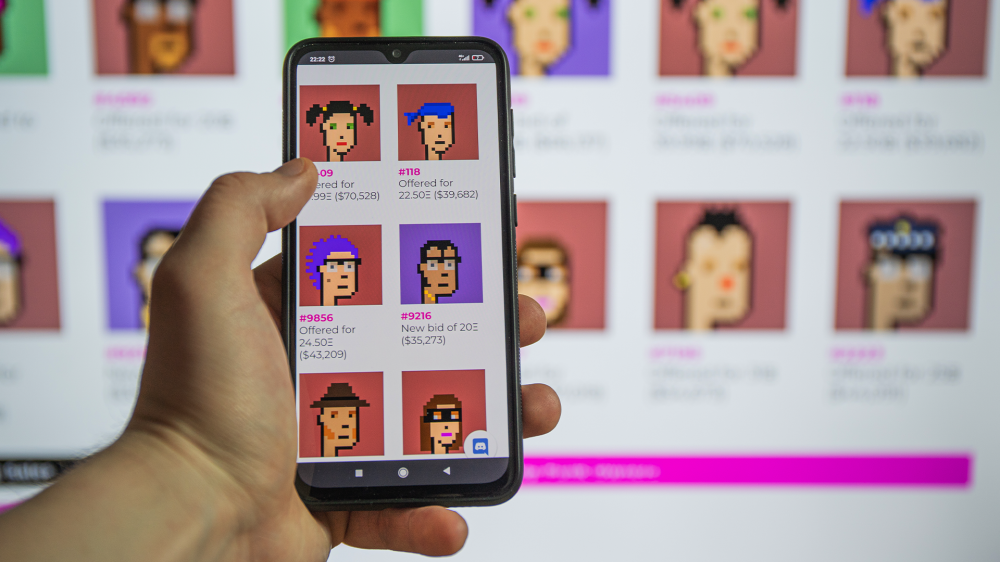
To many, NFTs are the solution to digital ownership. Think of an NFT as a receipt or a contract—if you want to “own” a digital painting, you can purchase an NFT from the artist. This NFT cannot be replicated and proves that you purchased a piece of digital art.
Not all NFTs are for art or music, by the way. Companies could utilize NFT technology to create ticket stubs or coupons that cannot be copied or reused. And to some, NFTs look like an extra-secure replacement for traditional contracts, leases, or deeds. But these use cases have not been tested or implemented in any meaningful way, which is why NFTs are best known for their association with digital art or collectibles.
Bear in mind that digital assets, like images or MP3s, are still fungible when they’re tied to an NFT. Your NFT is nothing more than a receipt that points to a file on a server or network. And because that file is still fungible, anyone can save it to their hard drive or mint it into a new NFT with a new “serial number.”
Blockchain: The Technology Behind NFTs

To learn how NFTs work, we first need to understand the blockchain. This is a complicated topic, but to put it in simple terms, the blockchain is just a digital ledger—a public record that keeps track of information, usually transactions.
Unlike an Excel spreadsheet or a big filing cabinet, a blockchain is a distributed database that lives across a global network. As such, it’s decentralized and cannot be altered. All information all the blockchain is public, making it an ideal system for digital assets that require proof of ownership, such as cryptocurrency or NFTs.
Most NFTs rely on the Ethereum blockchain. Not because it’s the only option, but because the Ethereum (ETH) cryptocurrency is popular. As such, buying an NFT usually means paying in ETH, which most crypto enthusiasts already own and are willing to spend.
Of course, those who don’t own ETH need to buy some if they want to purchase an NFT. And when you purchase cryptocurrency, you increase its demand, which boosts its value. Those who own ETH can effectively profit off of NFTs without ever touching the technology. This system sounds a bit nefarious, but to be fair, it’s basically a micro version of how real-world money works.
To clarify, cryptocurrency and NFTs are two totally different concepts. Like real-world money, cryptocurrency is fungible; two units of Bitcoin are worth the same amount of cash. An NFT, on the other hand, is non-fungible and holds a unique economic or social value.
Minting: Who Can Create an NFT?
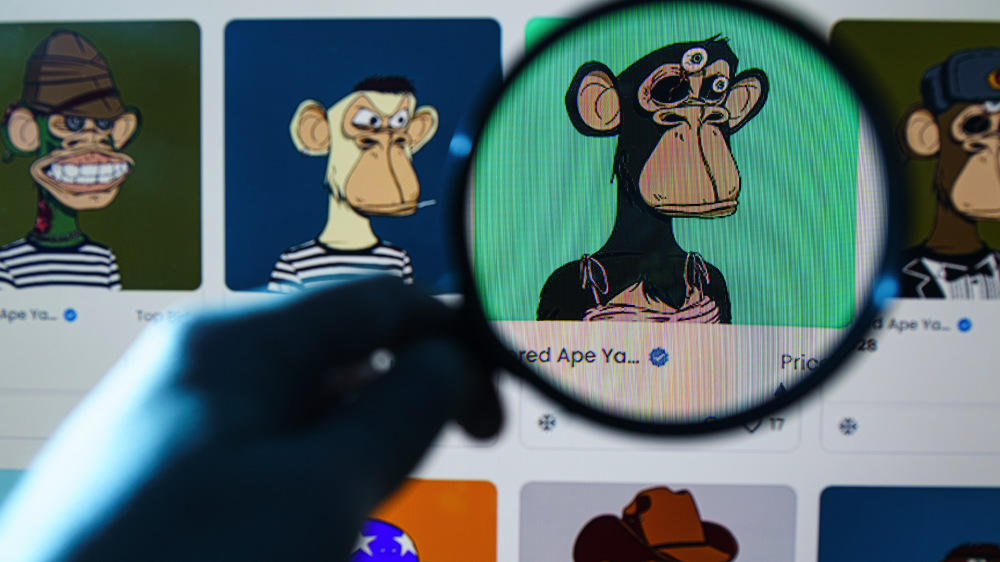
You need a big brain and a ton of spare time to create a blockchain. That said, creating an NFT is pretty easy, as blockchains like Ethereum are abundant are the NFT minting process is fairly standardized.
Let’s say you want to create some NFT art. Obviously, you need to start with a digital image. Any image will work, though the most popular NFTs are generated by algorithms. This “generative art” requires very little labor and often breeds poor results, but it’s easy to produce at a large scale and ensures that every image is unique.
Now that you have a beautiful piece of digital art, you need to set up a crypto wallet. These digital wallets are like bank accounts; not only do they hold your cryptocurrency and NFTs, but they have unique IDs (think of a routing number) to facilitate trade and identify your activity on the blockchain. (Most people use the Metamask or Coinbase wallets for NFTs.)
Your last step is the most expensive. It’s time to pick a platform to mint (and potentially sell) your NFT. OpenSea is the most popular option, though whatever service you use, you’ll usually need to pay a “gas” fee to appease the website’s owners. Assuming that you want your NFT on the Ethereum blockchain, you’ll need to buy some ETH to pay for the minting process.
I’ve simplified things a bit, but this is the basic process for creating NFTs. Anyone can follow this process—in fact, it’s so easy that some people use bots to mint NFTs.
Note that NFTs are a poor investment. Your chances of getting rich off the technology are slim to none, as the market is oversaturated, overvalued, and brimming with fraud. I’m only explaining how to mint NFTs so you can better understand the technology.
All About Ownership: Your NFT Isn’t a Deed or Copyright

Critical thinkers may notice a few thorns in this whole NFT thing. When you buy an NFT, you’re basically buying a receipt; the digital asset tied to that receipt is still vulnerable to deletion and can be copied by any Tom, Dick, or Harry with a mouse and keyboard. Additionally, an NFT isn’t the same thing as a deed or copyright—its value, from a legal stance, is not well defined.
To resolve this “problem” and make NFTs a bit more “real,” governments and corporations would need to enforce NFT ownership through a centralized system. In such a system, computers and websites would verify which files you’re allowed to share, copy, or see. Additionally, people or AI would need to hunt down bootleg NFTs, and the justice system would need to enforce any violation of ownership.
Such drastic changes to government, society, and technological infrastructure would take decades to implement. It would also violate the idea of a “decentralized” economy, which many crypto enthusiasts see as the big selling point for blockchain tech. (To be fair, the above system would still work with a decentralized blockchain “ledger” that anyone can view.)
So, for the time being, an NFT confers only a vague sense of “ownership.” Let’s say you purchase a one-off Jay-Z single as an NFT—unless that purchase includes a real-world transfer of copyright, you can’t redistribute the song you just purchased. As far as the court is concerned, the only things you purchased are bragging rights and an MP3. (This is the same way that buying art or music works in real life. Still, it’s worth clarifying, as some people are very confused on this point.)
But maybe NFT ownership doesn’t need to be “real” or enforceable. Some people just want the NFT, be it for the prospect of financial gain, the chance to participate in an emerging technology, or those precious bragging rights.
Heck, some people are just really into the idea of buying NFT clothing or items for video games or the “metaverse.” But that brings us to our next point; some futuristic use-cases for NFTs already exist without blockchain technology.
NFT Everything: Reinventing the Wheel
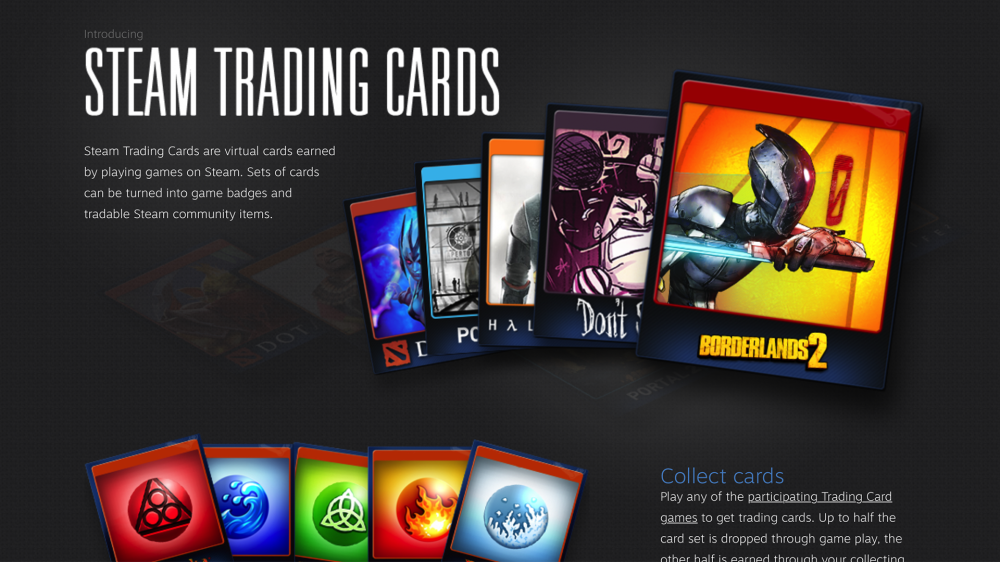
Because blockchain technology is relatively new, enthusiasts tend to overestimate its potential uses. It’s often touted as a solution for problems that don’t really exist or, in some cases, problems that have already been solved.
Take, for example, the idea of in-game NFT collectibles. This is a pretty common pitch—you earn random NFT items, such as character weapons, public profile badges, or digital trading cards while playing games. You can then sell or trade these NFT items in a marketplace for real money, and hey, they may accumulate value over time because of their rarity.
Unfortunately for NFT enthusiasts, Steam implemented this system (sans NFTs) a decade ago. It added a random item-drop and trading system to Team Fortress 2 back in 2010. And in 2013, Steam began giving away random trading cards based on the amount of time you spend in select games. These trading cards can be bought or sold on the Steam Community Market for cash, and their value fluctuates over time. All without the blockchain.
Literature NFTs will change the world.
— medved (@mattmedved) January 1, 2022
There are plenty of other strange NFT pitches that don’t make much practical sense. NFT enthusiasts have unknowingly reinvented the concept of a library, among other things. And while many enthusiasts say that NFTs can help artists get paid for their work, people routinely steal digital art to sell as NFTs, just as they steal art to sell on shirts and phone cases.
Now, there are plenty of interesting use-cases for NFTs. Some people propose tying the technology to government IDs, which could help prevent fraud. Certifications and diplomas could also be verified by NFTs, though no one has tested to see if these ideas actually work, and they may not require the blockchain at all.
Finding a real use for an emerging technology is always a difficult task. But here’s the thing; you don’t see this level of uninformed enthusiasm for other new tech. That’s because NFT and crypto owners have a financial stake in the blockchain. Mass adoption of this technology equals a massive payout, but if everything falls apart, people could lose literal fortunes.
Speculative Value: Are NFTs Worth Anything?
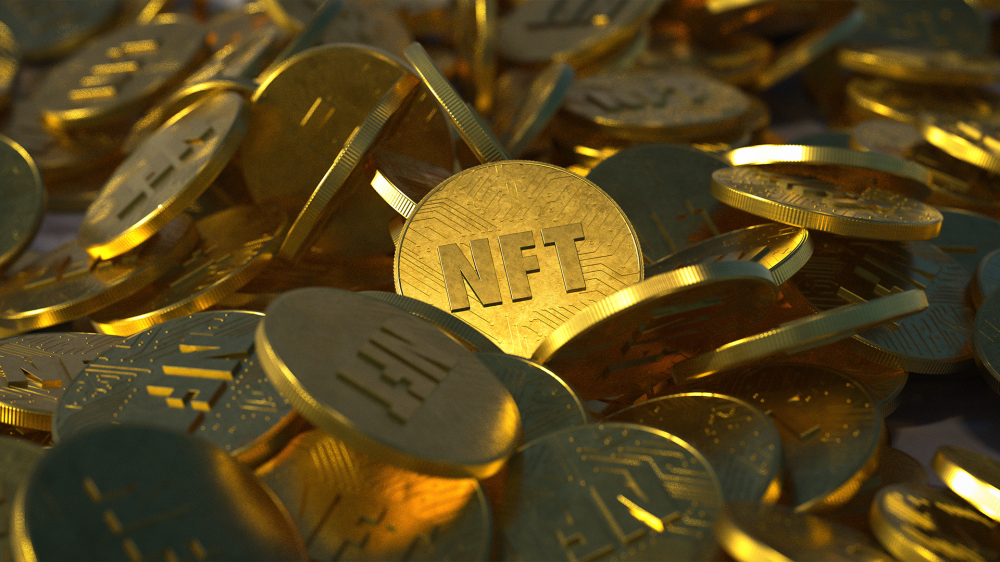
We’ve all heard it before; the market runs on a system of supply and demand. If a new technology comes along and replaces laptop computers, for example, demand for laptops will plummet, and brands like Acer or Dell will lose value. But if a global pandemic forces millions of people to work from home, the demand for laptops will increase, and the laptop market will become more profitable.
This system of supply and demand gets a little weird when it’s applied to NFTs. You can’t really “use” an NFT—the technology hasn’t found a practical purpose. So, the NFT market is entirely speculative. The only reason to buy an NFT, from a practical standpoint, is the idea that it may become more valuable in the future due to increased demand.
Increasing the demand for NFTs requires one of two things. The first option is to find a practical use-case for the technology, which hasn’t gone so well. But the second option is a bit more tenable, at least in the short-term; get people to buy NFTs by hyping up the technology and promising future gains.
Newcomers to the NFT market will increase the demand for both NFTs and Ethereum (or whatever coin their NFT is based upon). They may even purchase an NFT from someone for a higher price than it was originally worth. But these newcomers won’t see any immediate gain. In order to make money, they need to bring more people into the world of NFTs, which usually means hyping the technology as an investment.
An NFT of Jack Dorsey's first-ever tweet, which sold for $2.9M last year, ended with a top bid of just $280 https://t.co/SqHeW238eq
— Taylor Lorenz (@TaylorLorenz) April 13, 2022
Needless to say, NFTs are stuck in a nasty speculative cycle. Some people are completely deluded by the chance of making a fortune. And what’s worse, the most clear-headed people in this game often take advantage of the madness through NFT scams or “rug pulls,” which are a type of fraud where people ask for investments and quickly disappear.
You don’t even need to get scammed to lose money in this space. The value of NFTs has plummeted since 2021. For example, an NFT made by Twitter’s Jack Dorsey initially sold for $2.9 million, but it recently went for just $280 at an auction.
We’re not describing some weird phenomena that only applies to NFTs and cryptocurrency, by the way. Speculative bubbles are incredibly common. In the 17th century, “tulip mania” turned ordinary flowers into tradable items worth several times more than the average person’s salary. We saw a speculative bubble surrounding Beanie Babies in the 90s, and of course, the price of trading cards reached an all-time high in 2021 based on the promise that “these cards will be even more expensive later.”
Even if NFTs find a practical use, the market is overvalued and quickly losing steam. Experts, including those who are NFT enthusiasts, believe that the bubble will burst. But hey, if everything goes to hell, NFTs are unique and could hold historical significance—maybe today’s NFTs will be a hot commodity in a few decades! Sorry, but you may not want to hold onto an NFT for too long because there’s no guarantee that it’ll last forever.
Files on a Server: Many NFTs Will Disappear
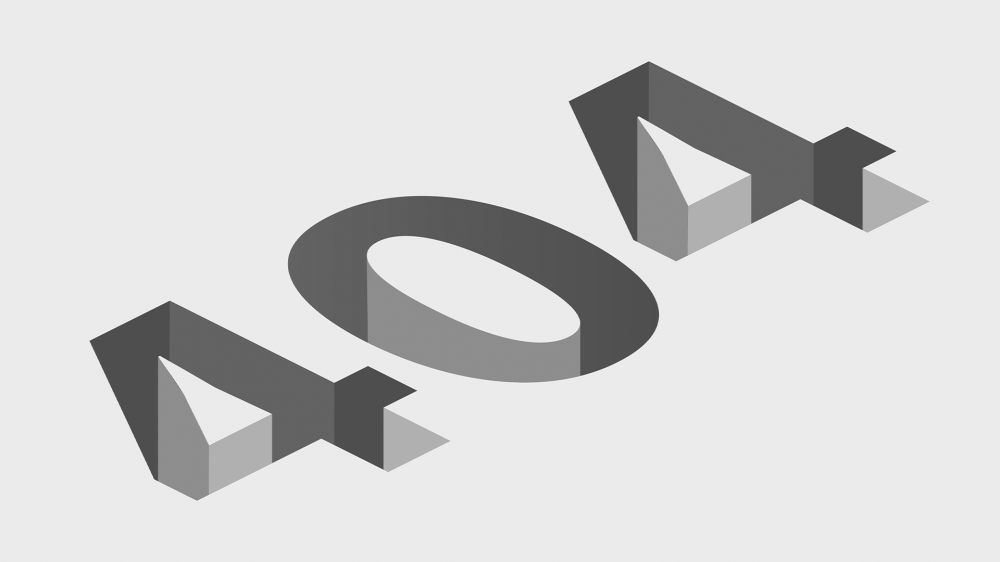
One of the big selling points behind NFTs, believe it or not, is that they are a permanent asset. But this is only partially true. While the blockchain technically ensures that all NFTs will exist “forever,” NFTs are just contracts that point to files on a server. And these files, whether they’re JPEGs or MP3s, are actually quite vulnerable.
A ton of the files associated with NFTs will disappear. Not necessarily for malicious reasons, but because server space costs money. People who host files associated with NFTs may run out of money, lose interest, or pass away, leaving the files to be deleted. And if a server crashes or a hosting company goes under, any files that aren’t properly backed up could be destroyed.
It sounds like a small problem, but the internet is lined with dead websites and lost files. In a recent study, researchers found that around 25% of outgoing links in old New York Times articles are now dead. (This phenomenon, called link rot, is one of several reasons why the Internet Archive exists.)
Admittedly, a handful of server hosts and hackers will tamper with NFTs for fun. If you have access to a server that hosts files for NFTs, you can simply replace those files with anything you want. You could even replace someone’s fancy digital painting with a RickRoll GIF.
Some NFT solutions aren’t as vulnerable to link rot or tampering, at least in theory. Peer-to-peer hosting spreads a file across several peoples’ computers, effectively building a network of hosts and backups around the world. But long-lasting P2P networks require a lot of long-term participants, and as any torrent freak will tell you, people are flakey .
While NFTs are innovative and interesting, the technology hasn’t found a proper use case. That may change in the future, but for the time being, NFTs are just a vehicle for gambling and scamming.
It’s an unfortunate situation. By default, NFT owners have a financial stake in the technology. If they patiently searched for NFTs’ true purpose, they could make their money and advance technology. But they’ve decided to go the easy route, hyping NFTs and over-stating the tech’s capabilities to make a quick buck.



